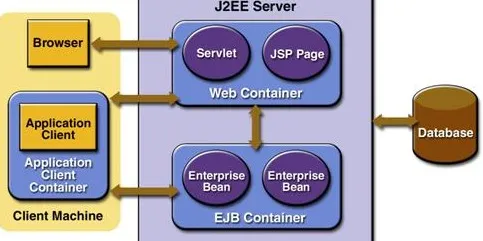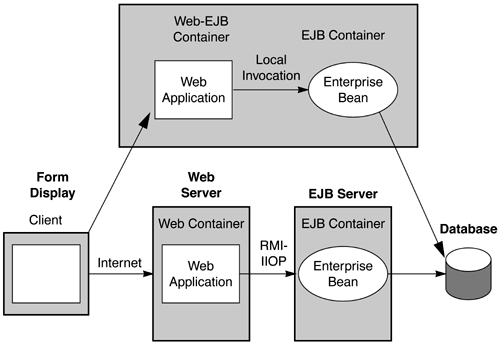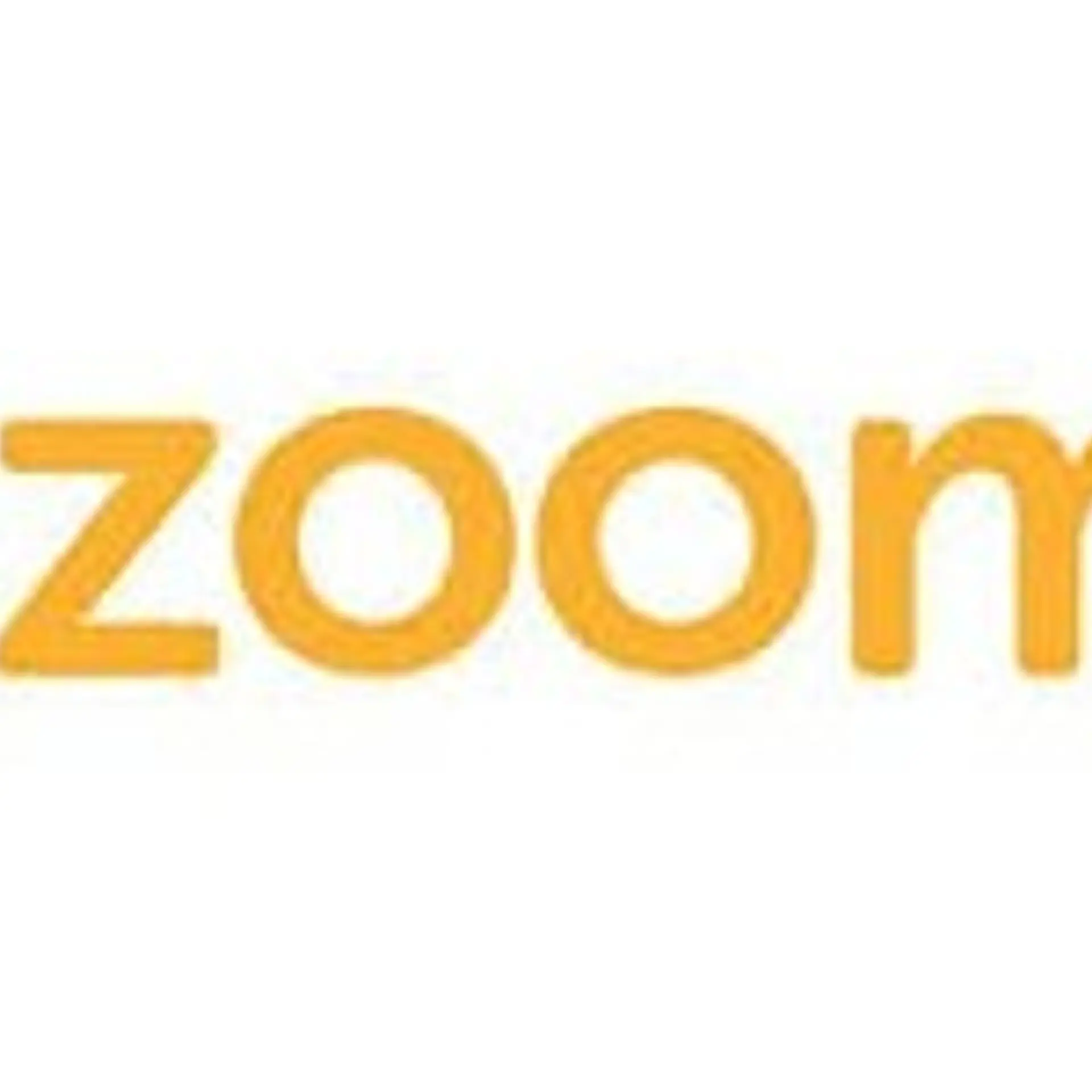

Introduction:
The Java Platform, Enterprise Edition (Java EE) is a collection of Java APIs owned by Oracle that software developers can use to write server-side applications. It was formerly known as Java 2 Platform, Enterprise Edition, or J2EE. Nowadays Java EE comes up with rich enterprise software platform and provides a lot of implementations.
J2EE Standard Tools:
The J2EE Standard Tools (JST) project is an effort by the Eclipse development team to provide users of the Eclipse Platform a standardized framework for the creation of the tools for the development to enterprise applications based on the J2EE Specification.
J2EE Standard Tools will provide extensible plug-ins for the development of J2EE Applications and support development, testing and debugging with a wide range of J2EE servers. Exemplar tools will support the development of Web Applications, Enterprise JavaBeans, Java Web-Services, and support development, testing and debugging with standard compliant J2EE application servers
These tools are most useful for the development, testing, and management of Java-based enterprise applications. The JST and Web Standard Tools (WST) projects are closely related to because Java-based enterprise applications often rely heavily on non-Java technologies for core functionalities.
Deployment of J2EE components:
J2EE components are packaged separately and bundled into a J2EE application for deployment. Each component, its related files such as GIF and HTML files or server-side utility classes, and a deployment descriptor are assembled into a module and added to the J2EE application. If you create one or more projects that correspond to J2EE modules. You also use these same projects to organize your development work; that is, you use these projects
to manage J2EE source code and files that make up the application,
to divide the work between the teams, and
to set up an automated process In that builds the application, runs tests, and creates project reports.
Importance of Standard Tools:
The Java 2 Platform, Enterprise Edition (J2EE) version 1.4 has evolved to integrate web services. Web services are now one of the many service delivery channels of the J2EE platform; existing J2EE components can be easily exposed as web services. Many benefits of the J2EE platform are available for web services, including portability, scalability, reliability, For example, database connections, lifecycle management, J2EE containers provide transaction support and other services that are scalable and require no code from application developers.
Because of growing importance of the Internet in worldwide economic, many investors are interested in its development. So surprising method is how will continuation to play a vital role to communicate worldwide. “Web Application Developments” are only the keywords who guide you. There are many companies that require business-to-business interaction via web-services. Outsource projects transfer and process is becoming most popular.

Java EE Server Support for Application Components:
The Java EE servers provide deployment, management, and execution support for confirming application components. Application components can be divided into three categories according to Java EE server:
Components that are deployed, managed and executed on a Java EE server. These components include web components and Enterprise JavaBeans components. See the separate specifications for these components.
Components that are deployed and managed on a Java EE server, but are loaded to and executed on a client machine. These components include web resources such as HTML pages
Components whose deployment and management is not completely defined by this specification. Application Clients fall into this category. Future versions of this specification may more fully define deployment and management of Application Clients.
What Are J2EE tiers?
J2EE has the following tiers:
1) Client Tier: It represents the browser from which request is sent to the server. The interfaces used in this tier are HTML browser, Java application, an applet, or a non-java application.
2) Middle Tier: It comprises of the presentation tier, business tier, and integration tier. The user interface is created in the presentation tier using JSP. The business logic is written in the business tier using EJB. The database objects are created in the integration tier.
3) Backend: This constitutes the Enterprise Information System (EIS) which is used to store data.
J2EE Application Architecture
The J2EE platform provides a multi-threaded distributed application model. Central to the J2EE component-based development model is the concept of the containers. The Containers are standardized runtime to environments that provide specific services to components. Thus, Enterprise Java Beans (EJB) developed for a specific purpose or in any organization can expect generic to be services such as transaction and EJB lifecycle management to be available on any J2EE platform from any vendor.
It can also provide standardized access to enterprise information systems; for example, providing database access through the JDBC API. Containers also provide a mechanism for selecting application behavior at assembly or deployment time.

J2EE Application Components:
J2EE simplifies development to enterprise applications by using them on standardized, modular components, providing a complete set of services to those components, and handling details of application behavior automatically, without complex programming. J2EE version 1.4 architecture includes several component APIs. Prominent J2EE components include:
-Client application
-Web application
-EJB
-Connector
-EAR
J2EE components are packaged separately and bundled into a J2EE application for deployment. Each component, its related files such as GIF and HTML files or server-side utility classes, and a deployment descriptor are assembled into a module and added to the J2EE application.
A J2EE application is composed of one or more enterprise bean(s), Web, or application client component modules. The final enterprise solution can use one J2EE application or be made up of two or more J2EE applications, depending on design and requirements.
A J2EE application and each of its modules have its own deployment descriptor. A deployment descriptor is an XML document with a .xml extension that describes to be a component’s deployment settings.
A J2EE application with all of its modules is delivered in an Enterprise Archive (EAR) file. An EAR file is a standard
Conclusion:
The J2EE standard defines a rich set of components with which complex distributed applications can be built, such as servlets, Java server pages, and Enterprise JavaBeans. Each component has a specific and well-defined set of roles, which they can play in a complex distributed system.







